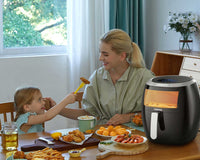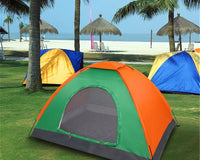Light, as ever-present as it is in our lives, has undergone a number of significant changes in the recent years. We have bid farewell to the traditional incandescent light-bulb and welcomed new energy-efficient forms of indoor light.

The four main types of light-bulbs are:
- Standard incandescent light-bulbs (which are no longer manufactured in a number of countries)
- Halogen light-bulbs (a more efficient version of incandescent light-bulbs that use halogen gas under pressure)
- CFL, compact fluorescent lamps (that use mercury vapor)
- LED, light emitting diodes (semiconductor devices)
The info below compares the 4 types of light-bulbs in terms of power-efficiency and brightness, so you can work out what’s best for your needs.
Watts and Lumens
In the time of incandescent light-bulbs, Watt was the main identifier of “how powerful and bright” a light-bulb was. These days, the two qualities, “power” and “brightness” are used, we have broken down this info into a table making it easier to understand.
Lumens measures how much light the light-bulb puts out and Watts measure how much electricity a light-bulb uses to create that light.
In the table below, you will see how these indicators compare for the no longer existent incandescent light-bulb and the three newer types of light-bulbs: CFL, halogen and LED.

You can see from this table, that if you were to replace an old light-bulb in your living room, using 60W with an LED lightbulb, your energy consumption would go down to 10W while preserving the same level of brightness at 700+ lumens.
Color of Light
In addition to power usage and brightness, the color of emitted light may have a significant influence on your mood and environment. You may also feel comfortable with different light in different areas of your house: say, a warmer one for the bedroom and a whiter one for the hallway.
The color of light is measured on the Kelvin scale. Most of us are well-used to the warm yellowy light of a traditional lightbulb, which measure up to 2,700 on the Kelvin scale. Here’s a light “temperature” table for your reference.

Keep this info from above in mind when selecting your next light-bulb. LEDs might be a bit more expensive than regular lights, but they are longer lasting and their power saving efficiency will pay out within one year of use. Besides, using LEDs will help our planet and help the fight for the right cause. Also, with LEDs you can select the color of "white" light, from warm "yellow" to cold "blue" light...












